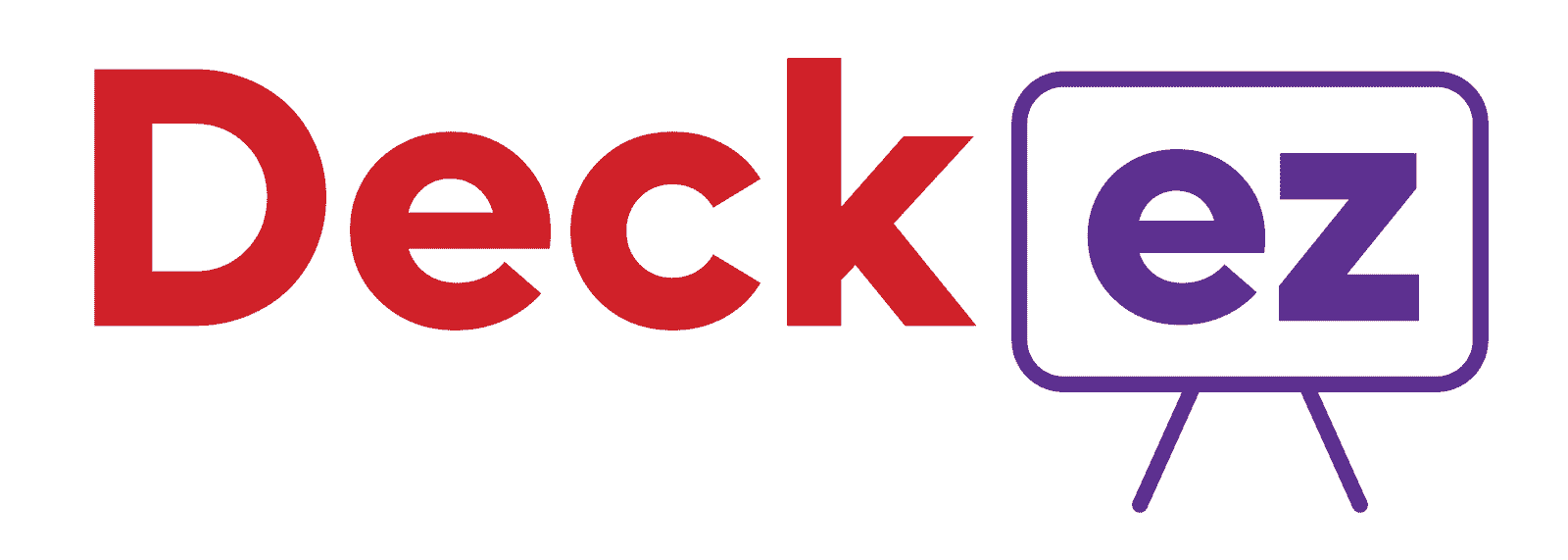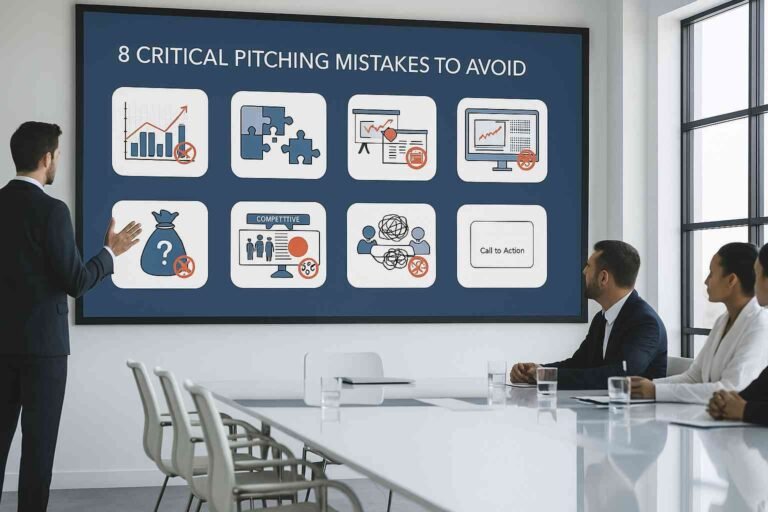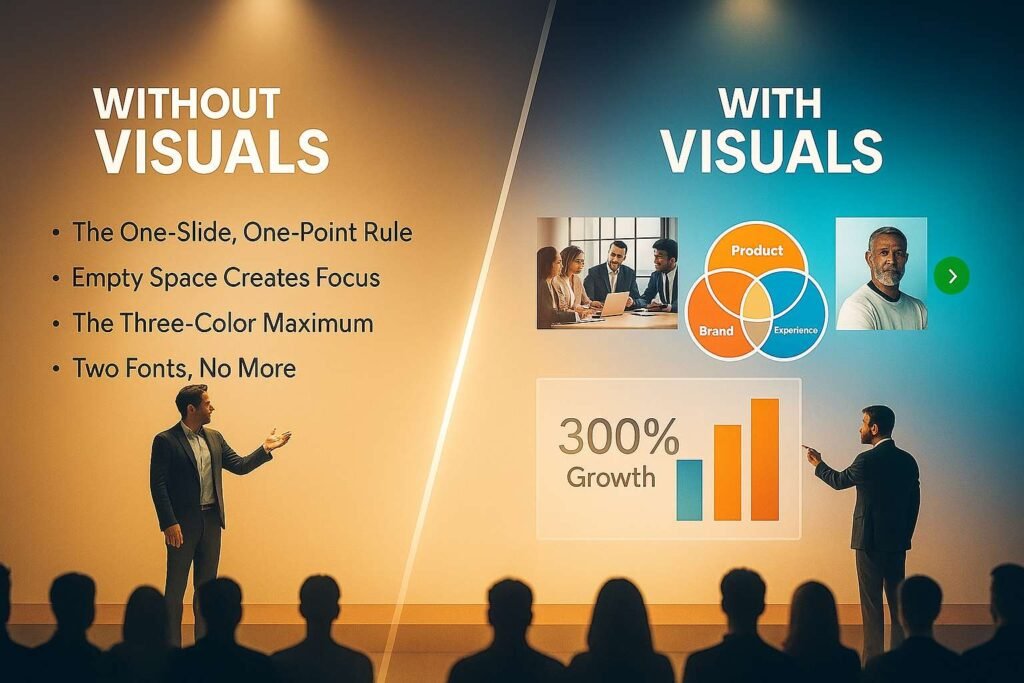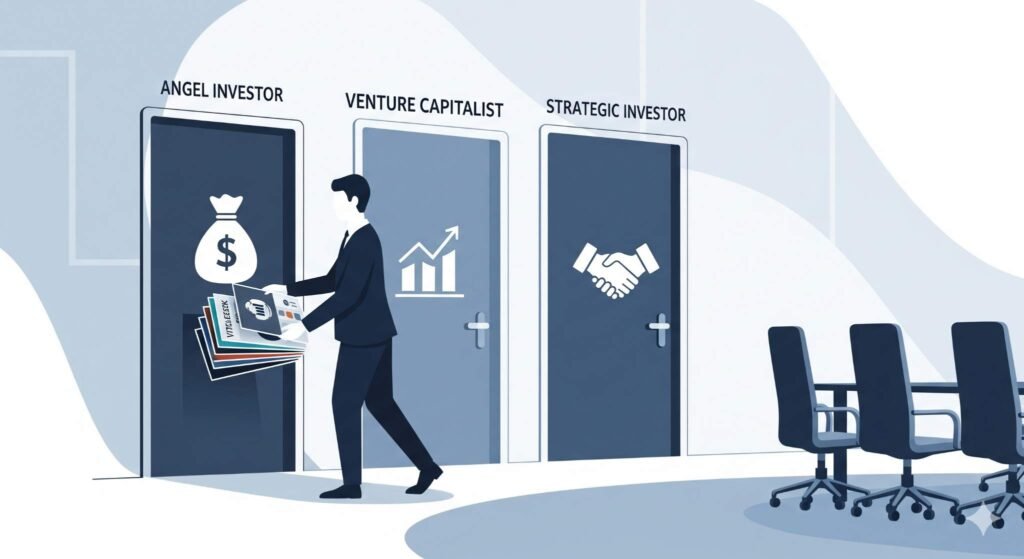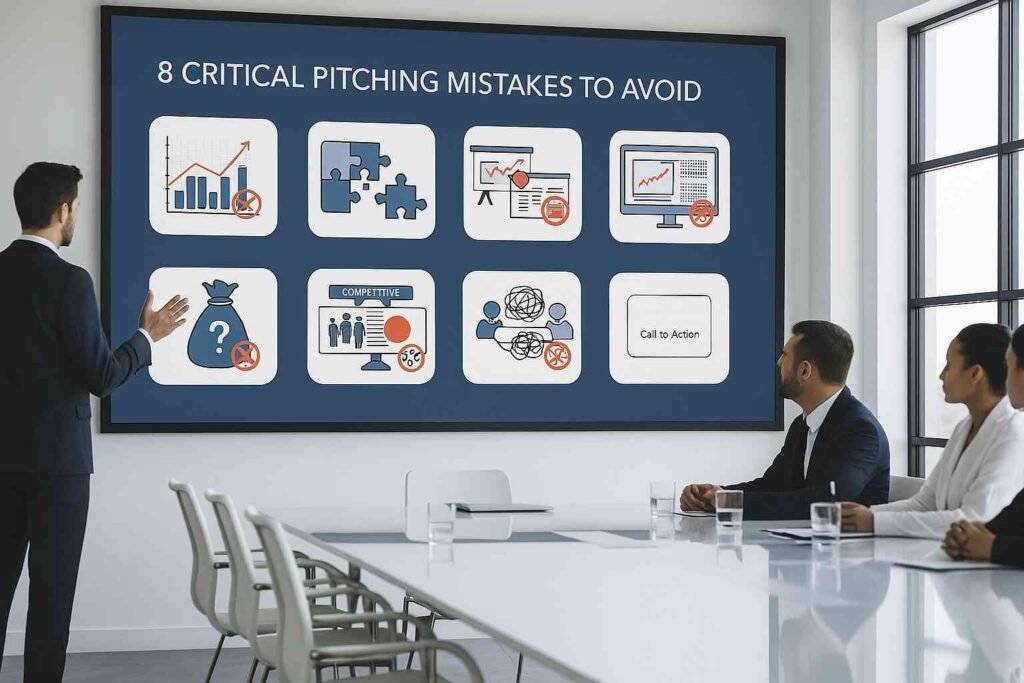If you’re a startup founder or someone getting ready to talk to investors, you’ve probably wondered: Should I prepare a pitch deck or a project report? While both aim to explain your business idea, they’re quite different. In the world of investor funding, a “project report” often means a detailed business plan.
Investors usually prefer a short, visual pitch deck first. But a detailed business plan becomes key later for deeper checks. This guide will simply explain the differences, when to use each, and why investors have a clear preference for early talks. We’ll help you understand what investors want to know from your documents.
What is a Pitch Deck?
A pitch deck is a short presentation with slides. It is used to tell people about your business idea in a quick and simple way. Most pitch decks are shown to investors when you are asking for money. A pitch deck gives a quick view of your business.
What a pitch deck includes:
- Who you are and what your business does
- The problem your business solves
- Your product or service
- Who your customers are
- How you make money (business model)
- Market size (how big the opportunity is)
- Your team
- Financial numbers (past and future)
- How much money you need from investors
📊 Fact: According to DocSend, investors spend only 3 minutes and 44 seconds on average reading a pitch deck.
What is a Business Plan?
A business plan is a long written document. It explains everything about your business in detail. It is used for planning and also to get loans or big investments. A business plan is more like a book. It takes more time to read.
What a business plan includes:
- Executive summary (short intro of the whole plan)
- Company details
- Market research and analysis
- Detailed product or service info
- Business model and strategies
- Marketing and sales plans
- Full financial plans. Find in-depth advice on creating strong financial projections for investors in our guide.
- Team background
- Risk factors and solutions
📘 Fact: A good business plan is usually 15–30 pages long and takes about 30–60 minutes to read fully.
The Investor’s Choice: Which Document Do They Prefer First?
It’s clear: most investors, especially venture capitalists and angel investors, want a pitch deck first. Their time is very precious, and a pitch deck lets them quickly get the main idea of your startup in just 5–10 minutes. It’s the best way to get their attention right away.
Why Investors Like Pitch Decks First:
- Fast Review: Investors look at hundreds of ideas. A short pitch deck helps them decide quickly.
- Easy to Understand: A well-made pitch deck shows complex ideas simply with pictures.
- Engaging & Memorable: Pictures and a good story are more interesting than lots of words.
- Shows Clear Thinking: A short pitch proves you can explain your business clearly and know what’s most important.
- Opens Doors for More Talk: It’s made to make them curious and want another meeting, not to give all info at once.
But, remember, once investors are truly interested in putting money in, they will almost always ask for a more detailed project report or full business plan to check everything carefully.
Key Differences Between Pitch Deck and Business Plan
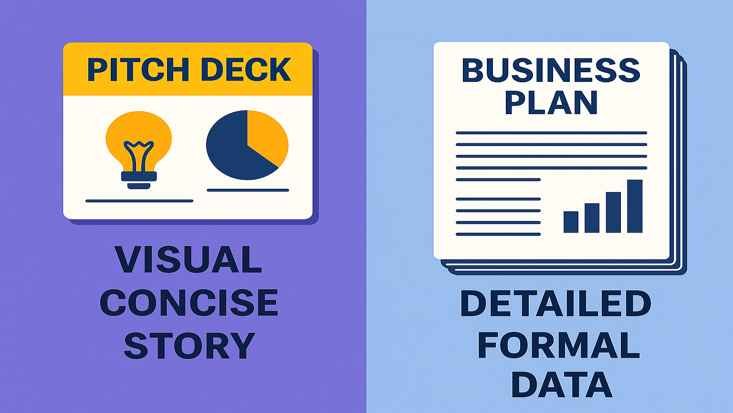
Let’s compare both using a simple table:
| Feature | Pitch Deck | Business Plan |
| Format | Slides (10–15 pages) | Document (15–30 pages or more) |
| Purpose | Quick overview | Full detailed explanation |
| Used for | Investor meetings, pitch events | Bank loans, large investor rounds |
| Time to Present/Read | 5–20 minutes | 30–60 minutes |
| Content Style | Short and visual | Detailed and written |
| Update Frequency | Updated often | Updated less often |
| First Impression | Shows main idea fast | Shows deep planning |
✅ A pitch deck is like a trailer. A business plan is like a full movie.
When to Use a Pitch Deck
Use a pitch deck when you want to quickly share your business idea with someone. It helps you get a meeting or start a conversation. A pitch deck is useful in the early stage when you want to catch the investor’s attention.
Use a pitch deck for:
- Startup investor pitches
- Pitch competitions
- Short meetings or demo days
- Sending over email to potential partners or mentors
✅ Think of your pitch deck as a cool movie trailer for your business – it should be short, full of visuals, and strong enough to make them want to see the whole movie! It should be clear, and exciting.
When to Use a Business Plan
Use a business plan when you want to go deep into details. It helps banks and big investors understand your full plan. It is useful when you are serious about getting funding or growing your business step by step.
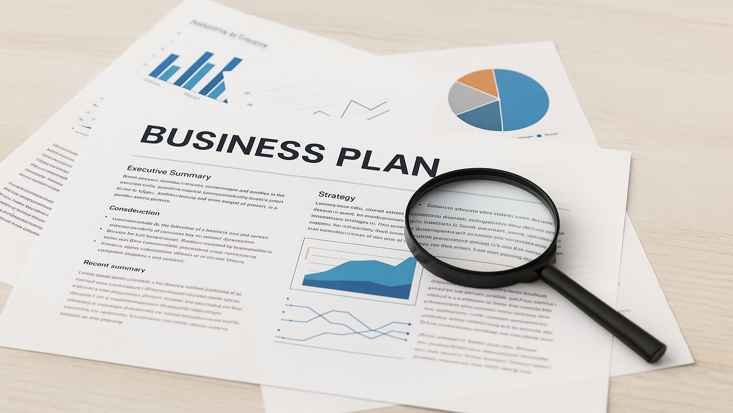
Use a business plan for:
- Getting loans from banks
- Applying for government schemes
- Meeting with large investors
- Planning your business growth in detail
✅ A project report or business plan is a must-have when someone needs to dive deep into every part of how your business runs and its money predictions. It should be detailed, realistic, and well-researched.
Can You Use Both?
Yes! In fact, many successful founders smartly use both a pitch deck and a project report (business plan) during their journey to get funding. Think of it as steps:
Pitch Deck = Your “Elevator Pitch” & The Hook: Gets attention fast, opens doors.
Project Report / Business Plan = Your “Business Bible” & The Deep Dive: Gives full data for serious review.
You don’t have to pick just one; they work together. Start with the pitch deck to build excitement, and be ready to give a detailed business plan when investors show more real interest.

✅ Use the pitch deck first. If people like it, they will ask for a business plan.
Best Tips to Keep in Mind
- Don’t write too much in the pitch deck. Just highlight the main points.
- Use simple designs and big fonts for pitch decks.
- Make your business plan clear and easy to follow.
- Always keep both documents updated.
- Know your numbers well — for both pitch deck and business plan.
📌 Stat: Startups that used both pitch decks and business plans were 2.5x more likely to get funding than those who used only one.
From Where Can We Get a Quick Pitch Deck in Case of Urgencies?
Sometimes, you may need a pitch deck very quickly — maybe for a last-minute investor meeting or an urgent presentation. In such cases, creating one from scratch can take too much time. That’s when using a ready-to-help pitch deck design agency can save you.
Where to get quick pitch decks:
- Professional design agencies – They offer ready-made templates or create fast custom decks.
- Online tools – Websites like SlideEgg, Canva, Visme, and Pitch offer editable pitch deck templates.
- Your own saved templates – Always keep a basic pitch deck template ready. You can just update the content.
✅ Tip: If you’re in a hurry, work with a pitch deck service that promises 24–48 hour delivery. They know what investors want and can help you save time while still looking professional.
Final Thoughts
To truly impress investors, start with an amazing pitch deck. Make it clear, visually strong, and short. It should make them curious enough to want to know more. Only then, be ready to give a detailed project report or business plan when they ask for a full check.
Both documents are very important tools for startup founders, but knowing their different uses and when to use them is key to getting funding. Pick the right one based on who you’re talking to and how interested they are.
FAQs
1. Can I use a pitch deck instead of a business plan?
Not always. A pitch deck is good for first meetings. But for serious investors or loans, you need a business plan too.
2. Which one should I make first?
Start with the pitch deck. It helps you understand your own business better. Then create the business plan.
3. Do I need to hire a designer for my pitch deck?
It’s not required, but a good-looking pitch deck can make a big difference. You can also use a presentation design service for best results.
4. How often should I update my business plan?
Update it every 6 months or when there is a big change in your business.
5. Is a pitch deck enough to raise money?
It’s enough to start the conversation. But most investors will ask for a business plan later.
